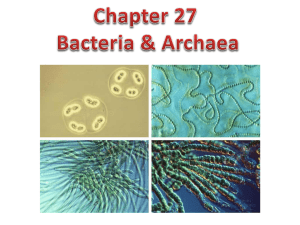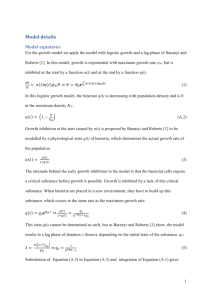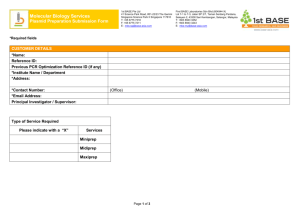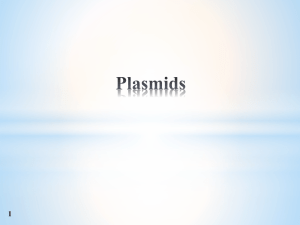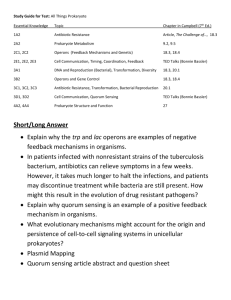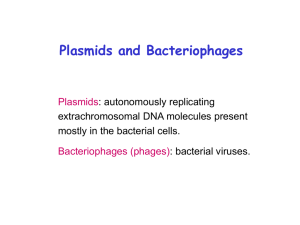ST52 isolate BAL_212 (MIC 64 µg/mL) had an oxa23:chromosome
advertisement
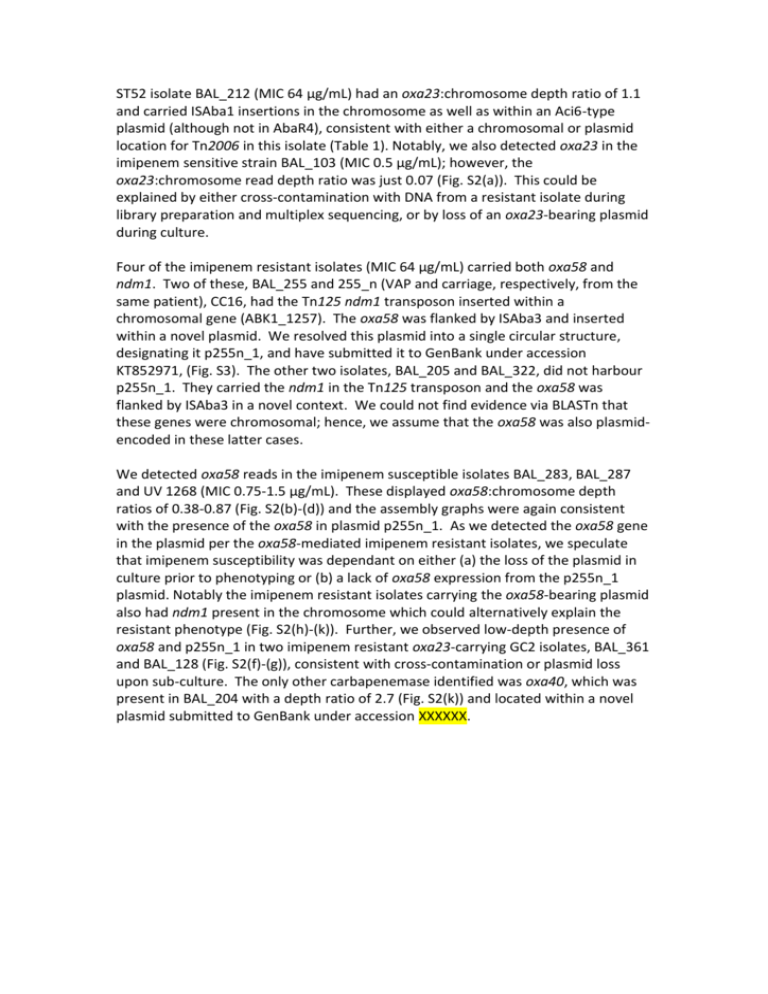
ST52 isolate BAL_212 (MIC 64 µg/mL) had an oxa23:chromosome depth ratio of 1.1 and carried ISAba1 insertions in the chromosome as well as within an Aci6-type plasmid (although not in AbaR4), consistent with either a chromosomal or plasmid location for Tn2006 in this isolate (Table 1). Notably, we also detected oxa23 in the imipenem sensitive strain BAL_103 (MIC 0.5 µg/mL); however, the oxa23:chromosome read depth ratio was just 0.07 (Fig. S2(a)). This could be explained by either cross-contamination with DNA from a resistant isolate during library preparation and multiplex sequencing, or by loss of an oxa23-bearing plasmid during culture. Four of the imipenem resistant isolates (MIC 64 µg/mL) carried both oxa58 and ndm1. Two of these, BAL_255 and 255_n (VAP and carriage, respectively, from the same patient), CC16, had the Tn125 ndm1 transposon inserted within a chromosomal gene (ABK1_1257). The oxa58 was flanked by ISAba3 and inserted within a novel plasmid. We resolved this plasmid into a single circular structure, designating it p255n_1, and have submitted it to GenBank under accession KT852971, (Fig. S3). The other two isolates, BAL_205 and BAL_322, did not harbour p255n_1. They carried the ndm1 in the Tn125 transposon and the oxa58 was flanked by ISAba3 in a novel context. We could not find evidence via BLASTn that these genes were chromosomal; hence, we assume that the oxa58 was also plasmidencoded in these latter cases. We detected oxa58 reads in the imipenem susceptible isolates BAL_283, BAL_287 and UV 1268 (MIC 0.75-1.5 µg/mL). These displayed oxa58:chromosome depth ratios of 0.38-0.87 (Fig. S2(b)-(d)) and the assembly graphs were again consistent with the presence of the oxa58 in plasmid p255n_1. As we detected the oxa58 gene in the plasmid per the oxa58-mediated imipenem resistant isolates, we speculate that imipenem susceptibility was dependant on either (a) the loss of the plasmid in culture prior to phenotyping or (b) a lack of oxa58 expression from the p255n_1 plasmid. Notably the imipenem resistant isolates carrying the oxa58-bearing plasmid also had ndm1 present in the chromosome which could alternatively explain the resistant phenotype (Fig. S2(h)-(k)). Further, we observed low-depth presence of oxa58 and p255n_1 in two imipenem resistant oxa23-carrying GC2 isolates, BAL_361 and BAL_128 (Fig. S2(f)-(g)), consistent with cross-contamination or plasmid loss upon sub-culture. The only other carbapenemase identified was oxa40, which was present in BAL_204 with a depth ratio of 2.7 (Fig. S2(k)) and located within a novel plasmid submitted to GenBank under accession XXXXXX.
